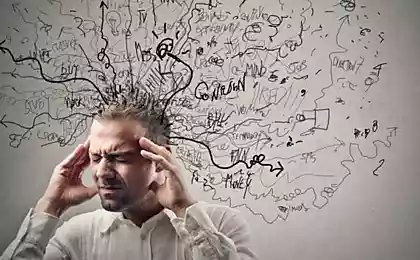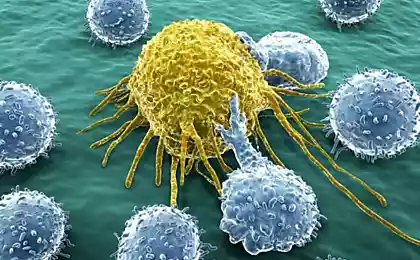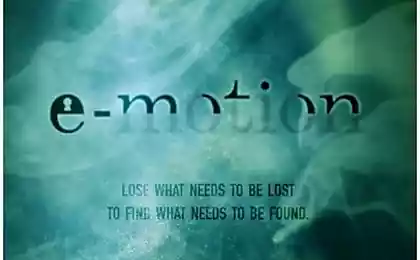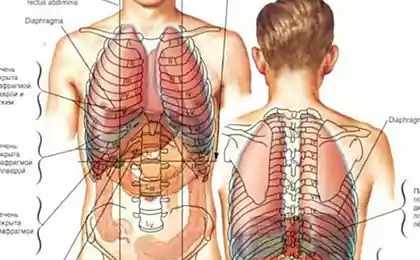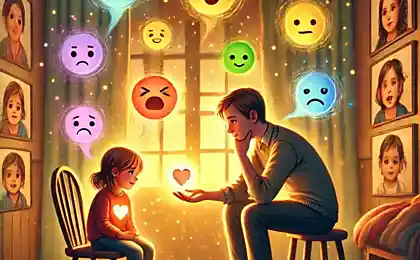228
We cannot ignore: Why Unsolved Problems Can't Live

Introduction: Unsolved Problems – Quiet Destroyers
Unsolved problems are like invisible weights that we drag along. They may seem insignificant, but over time their weight becomes unbearable. We put them off until later, hoping that they will disappear by themselves. But the truth is that unresolved problems are not going away. They accumulate, affecting our emotional state, relationships and even physical health. Why is this happening and how to deal with it? Let's figure it out.
Psychology of Unsolved Problems
The human brain is designed so that it tends to complete tasks. This phenomenon is known as the "Zeygarnik effect" - unfinished actions are remembered better than completed ones. When we leave problems unresolved, they continue to occupy a place in our minds, creating a constant background of stress.
Research suggests that chronic stress caused by unresolved problems can lead to:
- Increased levels of cortisol (stress hormone).
- Impaired cognitive functions such as memory and concentration.
- Development of anxiety disorders and depression.
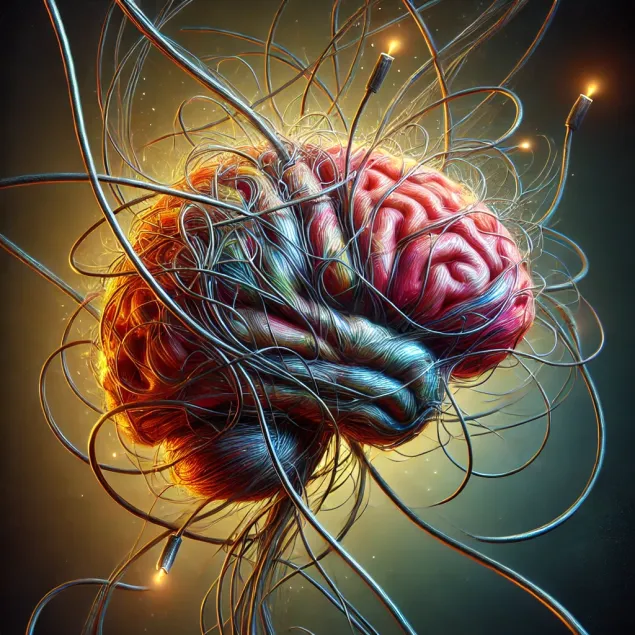
How Unsolved Problems Affect Relationships
Unresolved problems do not remain within our inner world. They seep into our relationships, creating tension and misunderstanding. For example, unspoken resentments or unresolved conflicts can lead to emotional distance between partners or friends.
Psychologists say that openly discussing problems and finding compromises is the key to a healthy relationship. Ignoring only deepens the gap, making it harder to bridge.
Physical Health: The Cost of Ignoring
The link between mental and physical health has long been proven. Unresolved problems that cause chronic stress can lead to:
- Decreased immunity.
- Increased risk of cardiovascular disease.
- Digestive problems, such as irritable bowel syndrome.
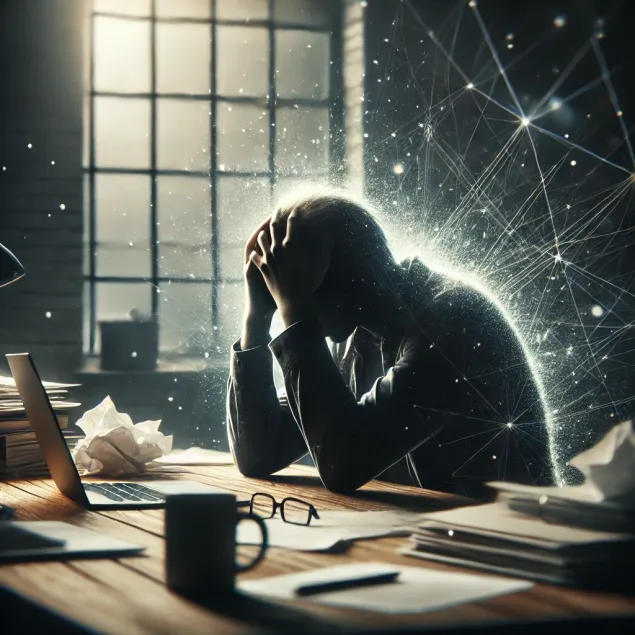
How to deal with unresolved issues
Solving problems takes effort, but it is the only way to get rid of their burden. Here are a few steps to help you get started:
- Admit the problem. The first step is to realize that the problem exists. Write it down on paper to make it more specific.
- Divide it up. Big problems seem insurmountable. Divide them into smaller, manageable tasks.
- Step by step. Start with the simplest step. Even a little progress will give you confidence.
- Ask for help. Sometimes we need outside support. Don’t be afraid to reach out to friends, relatives or professionals.
Conclusion: Life without a burden
Unresolved problems are not just part of life, they are a challenge that demands our attention. By ignoring them, we risk losing not only our mental balance, but also our health, relationships, and quality of life. However, by acknowledging problems and working to solve them, we free ourselves from their burden, opening the way to a happier and more fulfilling life.
What Happens to Your Body When You Drink Coffee Every Day
Cunning psychological techniques that will be useful in life





